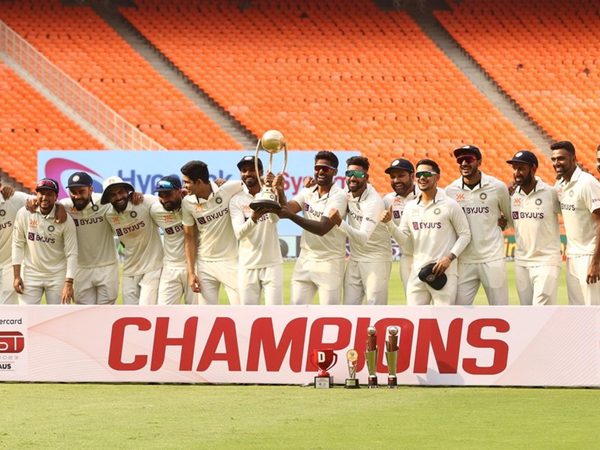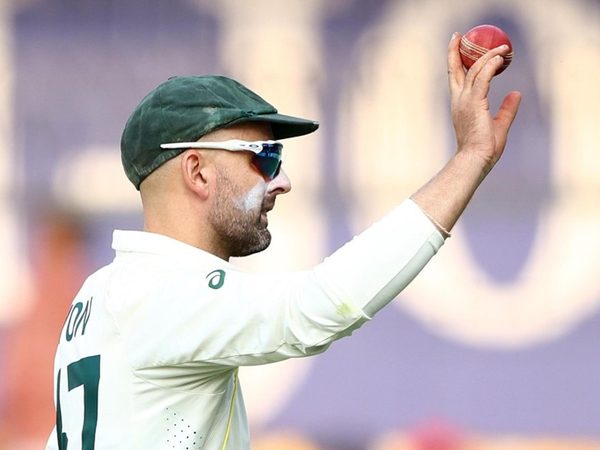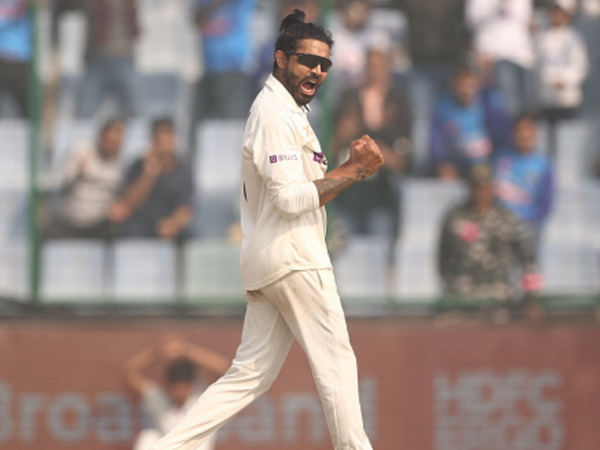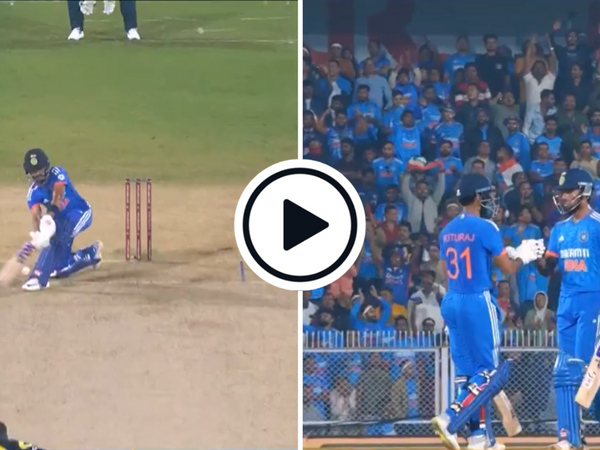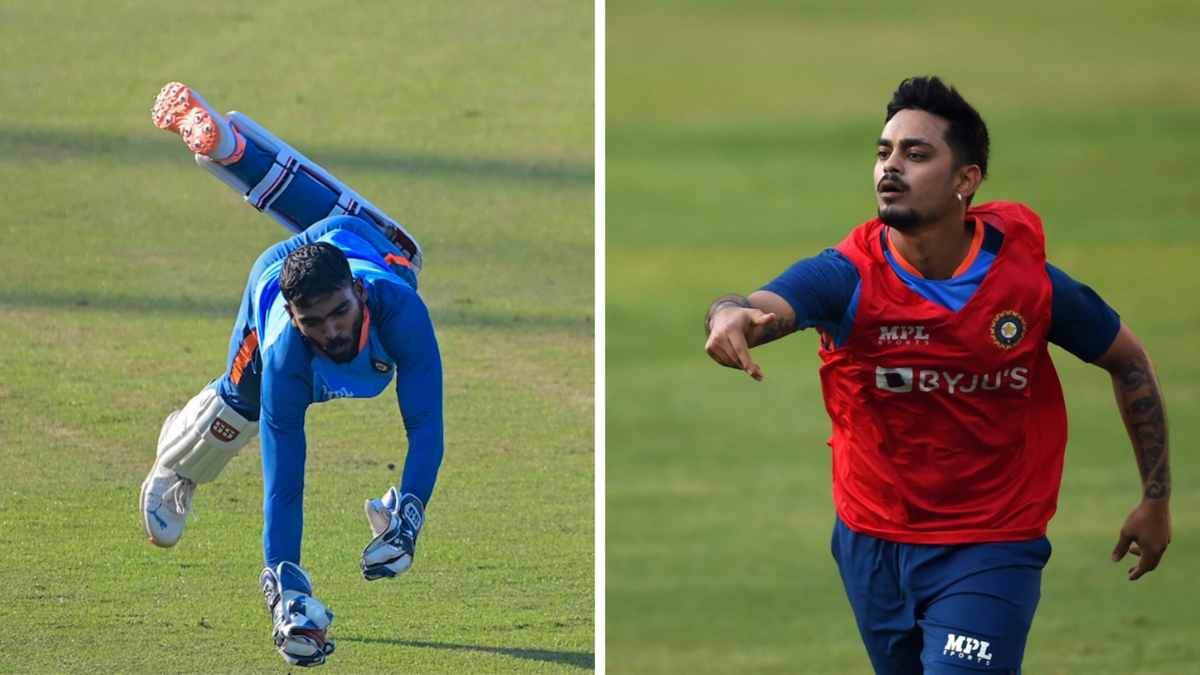
As is often the case in Indian cricket, the Indore debacle has led to post-mortem and dissections, and calls for replacements. One call has been in favour of axing KS Bharat for the uncapped Ishan Kishan.
Three Test matches into his career, Bharat’s batting record stands at 57 runs at an average of 14.25. He has reached double figures only twice in five outings. At Delhi, he was promoted when India were 88-4, chasing 115. He stayed with Cheteshwar Pujara to see India through.
The other ‘major’ contribution came in the first innings of Indore, where he faced 30 balls for his 17, an acceptable outing in a total of 109 in 33.2 overs.
Ahead of the series, India had to take a call between Bharat and Kishan in the absence of the talismanic Rishabh Pant. Bharat’s glovework had helped him clinch the second wicketkeeper’s place in the Test squad. The promotion to the playing XI was one of natural progression.
At the same time, Kishan has not kept wicket in first-class cricket on Indian soil since the global lockdown. He has donned the big gloves for India A, but that was in South Africa, not in the subcontinent.
Since spinners were expected to call the shots on turning tracks, Bharat expectedly got the nod ahead of Kishan and, to be fair, he has been largely sound behind the stumps in the series.
Bharat’s average of 14.25, while ordinary, is not terrible in a series where the overall average reads 19.74; it is also better than what KL Rahul or his replacement Shubman Gill, and Shreyas Iyer or his replacement Suryakumar Yadav have managed.
Fielding a debutant for a decider, particularly with a World Test Championship berth at stake, can be risky. Despite his struggles, Bharat’s first-class batting average of 37.21 (37.95 outside Test cricket) is not significantly inferior to Kishan’s 38.76.
Kishan (first-class strike rate 69) is generally perceived as the quicker scorer of the two, but Bharat (60) is not particularly slow either. Barring Travis Head, no one from either side has scored more runs than Bharat (a small sample, of course) at a quicker rate in the ongoing series.
One thing, however, may tilt the balance in Kishan’s favour: he is a left-hander.
At first glance, this may seem counterintuitive. Nathan Lyon, Australia’s senior spinner, brings the ball into Bharat and away from Kishan, as does fellow off-spinner Todd Murphy, leaving left-arm spinner Matt Kuhnemann as the only spinner who turns the ball into Kishan.
Yet, it in this atypical, most singular series, it does. Atypical, not because of the turners – that has become the default in India over the years – but because of how the spinners have approached the pitches.
In Indore, Lyon came from over the wicket to bowl Pujara with a vicious turner early in the ninth over of the Test match. Perhaps realising that he would never get a leg-before from that angle if the ball turned to that extent, Lyon switched to round the wicket not long afterwards.
Lyon stuck to a drip-drip-drip attack at the middle stump from round the wicket for much of the Test match to finish with 11 wickets. It was not the first time he did that in the series. Nor was he the only spinner – this series has featured six – to bowl round the wicket when turning the ball into the bat in the series.
According to ESPNcricinfo data, on Australia’s last tour of India, spinners bowled 80 per cent of their balls from over the wicket when turning the ball into the bat. On this tour, that has dropped drastically to 27 percent. For Lyon, that count has dropped from 78 per cent to 25 per cent.
The results showed: of the 43 dismissals by spinners turning the ball into the bat in the series, 36 have been from round the wicket at 13.53.
To understand this, one must understand why spinners want to turn the ball into the bat on turning tracks. One may beat the batter either way, but on pitches with high bounce, the bat-pad fielders and slip catchers come into play more often. The chance of that reduces when the bounce is low.
The pitches in this series have produced turn, but not substantial bounce. If anything, the ball has kept low as the Test match has progressed. Abandoning the conventional approach, the spinners have resorted to bowling from round the wicket when turning the ball in, landing the ball on the line of the wicket.
The idea is simple. If you get the length and field placement right, the batter is almost likely to defend. Runs are dried up. If you beat the either edge, you may get them out leg-before or bowled.
Of Ravindra Jadeja’s 21 wickets in this series, 14 have come that way, along with 11 of R Ashwin’s 18, and 13 of Lyon’s 19. These are significant drops from Jadeja’s (11 out of 25), Ashwin’s (7 out of 21), and Lyon’s (4 out of 19) in 2016/17.
“Because there’s been variable bounce, which I think with the spin has taken a lot of wickets as well,” said Steve Smith after the Indore Test match. “Traditionally coming here the usual match-ups, it’s kind of the ball spinning away from the bat. So it’s been a bit of an anomaly.” With the bowlers opting for a different angle, the usual match-ups have not worked the same way.
It may, thus, come down to this. Going by the decisions taken by selectors and the team management in the past, it is safe to assume that Bharat’s glovework is superior to Kishan’s – and he will be the wicketkeeper of choice.
However, if the Ahmedabad pitch is similar to what we saw in Nagpur or Delhi (it is unlikely to be another Indore), India may opt for the extra left-hander. It will come down to whether that advantage makes up for Bharat’s role behind the stumps.

